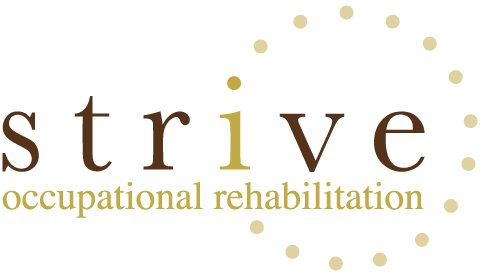I don’t think I need to spell it out, but let me cover it just in case any lucky readers have never experienced chronic stress before:
Chronic stress over a long period of time = constant low level activation of the “fight or flight” stress response.
Wow. Brand new information. Who knew. But, let me lay on some new knowledge that you might find helpful – it changed my damn life.
The above algorithm leaves our bodies physiologically stressed enough to produce all the stress hormones (such as cortisol and adrenaline) that make us feel physically horrible (particularly when built up over long periods of time), however, not stressed enough to complete the stress cycle (ie, by running away or getting into fisty-cuffs).
Without the physical completion of the stress response, our bodies have no physiological queue to relax and turn the stress response off, leaving us in this state of suspended animation. Leaving us feeling like absolute trash.
What is really cool though, is that we can actually hack into this response to help ourselves feel a whole heap better – we just need to understand the way our bodies work a bit more, and be a little patient.
In our bodies, there is a long, complicated, wonderful nerve called the Vagus nerve, that is responsible for our parasympathetic nervous system (our “rest and digest” response). This nervous response is directly opposed to the “fight or flight” response, so learning how to turn it on can help us come down out of our stress response faster… if only we learn how!
There are two really simple ways to complete the stress cycle that are backed by the science when it comes to switching on our vagus nerve. These are:
Physical exertion – ie, exercise.
Look, I know it’s not what you wanted to hear, but physical exertion is the fastest way to complete the stress cycle. It works by using the stress response its intended purpose – think, fight or run – pumping blood and oxygen around to our muscles and working those stress hormones out through our heavy breathing (exhaling CO2) and sweat). After a period of high intensity physical activity, the “fight or flight” stress response is complete, and your vagus nerve automatically switches on our “rest and digest” response, bringing with it the feelings of calm, content, and elevated mood.
Diaphragmatic (deep) breathing
Generally speaking, most of the bodily functions our parasympathetic nervous system is responsible are automatic (such a heart rate, digestion, etc). However, breathing is the one function that we, with a bit of effort, can consciously have control over – which makes it a powerful tool we can use to modulate our stress response.
Try this exercise for deep breathing, for two minutes, twice per day or when you’re feeling overwhelmed: inhale for 4 counts, hold for 4 counts, exhale for 8 counts. It will be challenging to begin with, but the more you practice the better you’ll get.
What’s even cooler is that this doesn’t just work in the moment – if practiced over time, the cumulative effects of deep breathing can actually prevent our stress response from over-reacting in the first place. Neat!
#StriveToBeMindful

 Be nicer to yourself, idiot
Be nicer to yourself, idiot